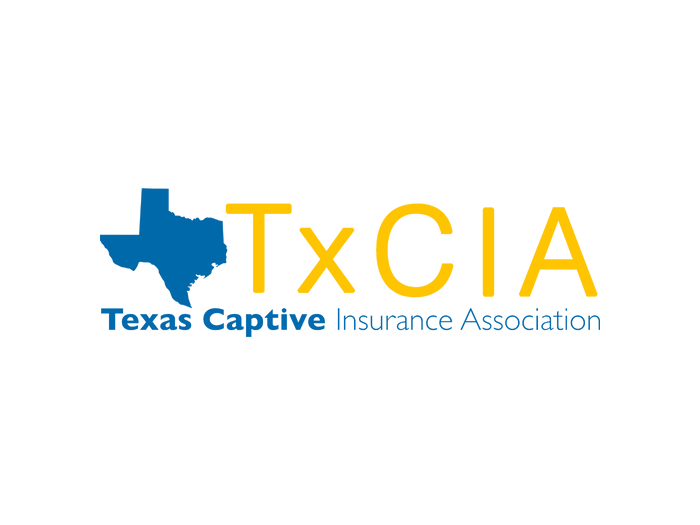5 Trends that Could Profoundly Impact Auto Safety and Recall Dynamics

The automotive industry, regulators and consumers continue to invest in electric vehicles (EVs) and autonomous vehicles (AVs), driven in part by federal incentives, infrastructure investment and technology improvements.
While Consumer Reports found that 14% of U.S. respondents would “definitely” buy or lease an electric-only vehicle, 22% said they would “seriously consider” an EV and 35% said they “might” consider an EV. Nevertheless, consumers remain watchful of public safety and technology-related defects.
Auto safety and recall issues were one of five areas that Sedgwick noted in its recent report summarizing product recall trends in the U.S. economy.
The report revealed that 2022 was a record-breaking year for U.S. product recalls. With so much attention on commercial auto premium rates and losses, here are five trends that could impact auto safety and recall dynamics.
1) The Demand for Electric Vehicles
While Congress has yet to pass broad federal EV safety standards, the federal government has enacted several programs to encourage the adoption of EVs.
The Inflation Reduction Act (IRA), passed in August 2022, should help advance the Biden administration’s goal of having EVs make up 50% of all vehicle sales by 2030.
Manufacturers will benefit from a clean vehicle credit for assuring that at least 50% of their components come from the U.S., Canada or Mexico. In addition, purchasers of EVs can qualify for a tax credit.
The National EV Infrastructure (NEVI) Formula Program also sets maintenance, quality and pricing standards, providing vehicle owners with the assurance that they can charge their vehicles no matter where they travel.
2) Automated Vehicle Crashes or Incidents Reporting
Consumer confidence in EV and AV technology will depend on the reduction of recall and safety-related incidents.
The National Highway Traffic Safety Administration (NHTSA) requires vehicle manufacturers and operators of automated driving systems (ADS) and advanced driver assistance systems (ADAS) to report incidents.
Unfortunately, access to crash data is incomplete and unverified; what information is available varies significantly.
Of the 522 known crashes in a 12-month period, only 220 (41%) provided injury information. Full participation with the reporting requirements will be necessary to draw valid conclusions about safety.
3) Over-the-Air Updates
EVs and AVs rely on firmware and software updates in the same way smartphones and computers do.
Over-the-air (OTA) updates, typically automatic, rely on a wireless connection. There are two main categories of updates: non-critical and driver control.
Non-critical functions include updating maps and streaming services. Driver control updates are mission-critical and must be installed to operate the vehicle safely.
West Virginia and Virginia passed nearly identical rules to allow for compensation to auto dealers assisting consumers with updates, however vehicle owners have the right to update their data independently.
Watch for new regulations that could impact updates for vehicles no longer under warranty.
4) Automotive Recall Events Increased in Frequency While the Number of Cars Involved Plummeted
Automotive recalls increased by 2.9%, with 252 events in Q3.
While the number of recall events has increased, the total impacted units tumbled 43.2% from 9.2 million to 5.2 million.
Faulty equipment was the leading cause of NHTSA recalls for the eighth consecutive quarter, comprising 52 recall events. Electrical systems were the second most common reason, followed by issues with steering, engine and engine cooling, and structure.
Tire recalls by unit decreased by 97.7%, a significant change from Q2.
5) An Escalating Number of Visibility-Related Recalls
Visibility, which accounted for less than 3% of recall events, impacted the greatest number of units recalled in Q3, accounting for 1.2 million (23.4%) due to a single event involving 1.1 million units.
Visibility has not been the leading cause of U.S. automotive recall in over five years. However, due to the increased reliance on electronic eyes, visibility could play an increasing safety risk if cameras are misaligned or malfunction.
Exterior lighting, backover prevention, seat belts and structure followed, each hovering at nearly 500,000 units.
While consumers’ desire to adopt EV and AV technology is increasing, they remain skeptical, with an eye on regulatory action, recall events and safety statistics.
Department of Transportation Secretary Pete Buttigieg claimed that “while no technology is perfect, based on current statistics, AVs will make traffic safer by significantly reducing crash-related deaths now often caused by driver error.”
Sedgwick advised manufacturers to reduce risk by “conducting careful self-certification to [Federal Motor Vehicle Safety Standards], reporting promptly to NHTSA and vehicle owners if those standards are not met or a defect is identified, and effectively remedying any defects and instances of noncompliance.”
Product recalls in all industries reached a 20-year high in 2022, as reported in the Sedgwick Recall Index 2022 Edition 3, and that mark was broached in just three quarters.
As stated above, automotive was not the only product sector Sedgwick analyzed. The report also covers consumer products, food and beverages, pharmaceutical and medical devices. As of September 30, there have been 1.22 billion units involved in recalls across the five sectors tracked in this report.
In addition, the report offers insights for mitigating risk and guidance on what regulatory issues business leaders should watch for.
One Additional Recall Trend of Note
The trend? The rising impact of medical device recalls.
“The overall rise was driven primarily by increases in the average recall size for the pharmaceutical and medical device industries. Both industries saw their average recall size grow by more than 500%,” the report stated.
While medical device recall events decreased by 16.8% in Q3 2022, down to 223 occurrences, the number of units impacted increased significantly, by 411%, to 51.48 million.
Software accounted for 20.2% of recalls, followed by safety, mislabeling, quality and sterility.
Regulatory changes will also impact medical device oversight, as the FDA has announced organizational restructuring within the Center for Devices and Radiological Health (CDRH).
This reorganization will affect premarket approval, compliance, audit reports and recalls, and could result in policy and implementation changes. &










